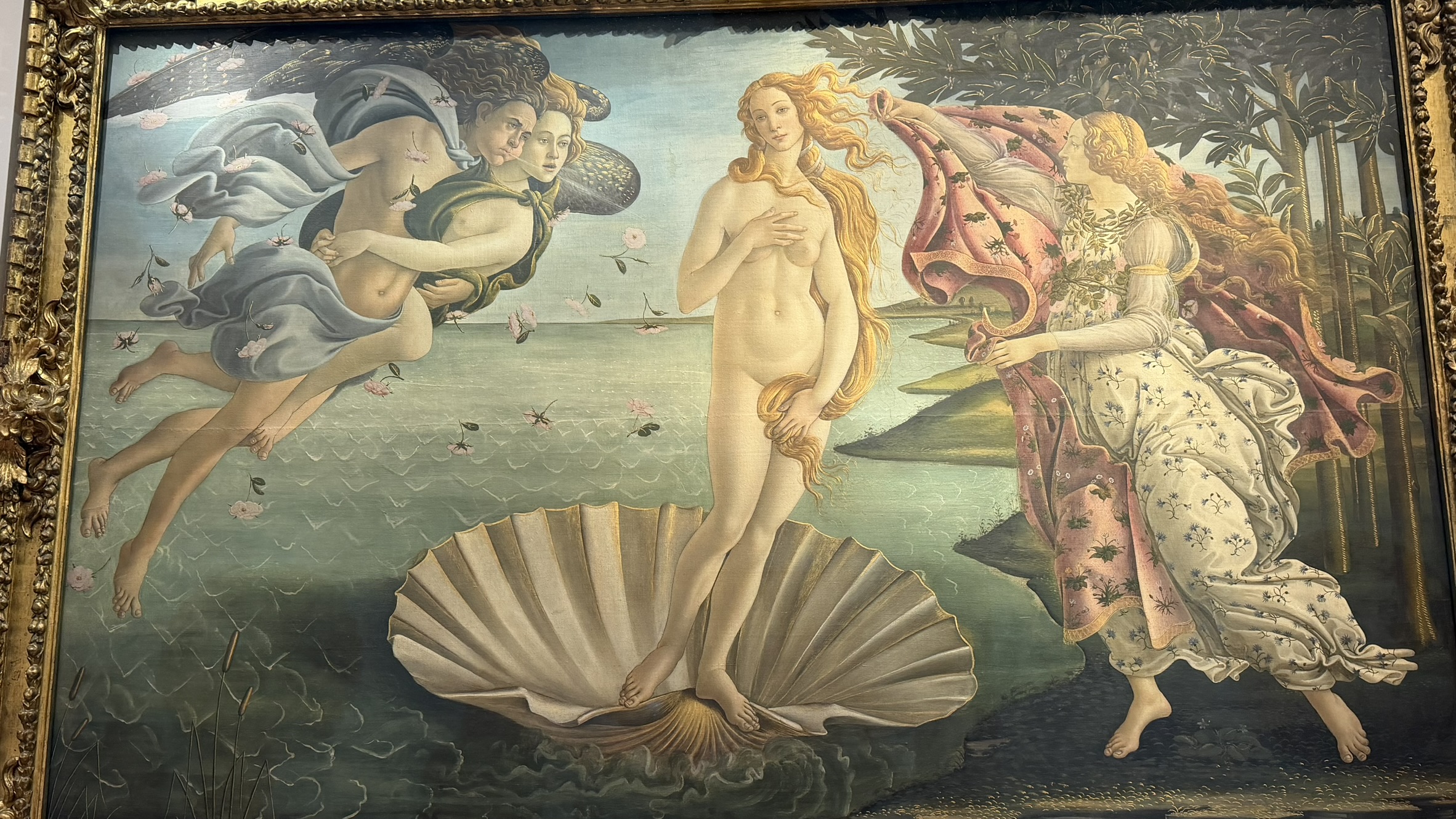Not long ago, I took part in a Melbourne Moth Story Slam. I share my video further down. I won! Now, I know what you are thinking: I had an unfair advantage because I am a professional storyteller. But the rules for the stories told at The Moth are very different than the rules of business storytelling. (Or that’s my story, and I am sticking to it!)
Importantly, I learned some lessons from the story slam that helped me push the boundaries when I tell business stories. I’ll share them with you here:
True personal
At The Moth, you cannot share how you were raised in a cupboard under the stairs or that, when you were 9, you discovered that you were a wizard and went to wizard school (unless you are actually Harry Potter, of course). The Moth is all about true personal events. They have to be your stories. Storytellers share tales that mean something to them—you have to own your story.
In business, many people make the mistake of reaching for the well-worn, impersonal stories—starfish, anyone? Yawn… boring. Or they rely on stories about their business. We can all afford to get much more personal. And the difference between using a business story and a personal story is the difference between a good result and a great result.
Imperfect
At The Moth, the audience loathes anything overdone, over-scripted or over-performed.
Even with my clients, I always advise them that stories are the opposite of every other communication. They work best when we don’t nail down every word, script it to a ‘T’ and memorize it. In fact, these 3 things doom your story to fail.
At The Moth, and in business, it’s the sweet spot between knowing what you are going to say and not overcooking it. In fact, The Moth also has no notes and recommends being unscripted in its guidelines.
Sensory
Angry red face, squeaky high-pitched voice, deep golden sunset. Did your mind immediately conjure up images for each of those words?
All of the above phrases are examples of sensory details. When storytellers use any one of the five senses—sight, sound, touch, smell or taste—they are weaving in sensory detail. Rich sensory detail makes stories come alive. So much of the blandness in business comes from lack of any sensory texture.
Here’s my video or listen to the podcast version. Your overwhelming response to my deeply personal comedy post has given me the courage to share this. Thank you again.
Learn more about The Moth here and find a live event near you here.
Please comment. I love hearing from you.

Access 101 Story Ideas
Explore the depths of your imagination as you immerse yourself in tales of love, loss, triumph, and transformation. Each story idea is a springboard to craft your unique masterpiece, infusing your voice and perspective to make it truly your own. Let these story ideas be the stepping stones to your next business success.
Recent Posts

The weird provocation the internet is melting over

My tough marker Mum gives this an easy 4.5 stars

Sometimes you need to ask, ‘Am I the drama?’

Did you know art and presenting share a unique goal?

The oldest easy hack in the world

Enough craft, now to the art of presenting
Categories
- Books4
- Business storytelling articles37
- Business storytelling examples50
- Business storytelling techniques93
- Business Storytelling training66
- Case Study5
- Communication4
- Conference Speaker10
- Examples of Story66
- Inspiration39
- Interview with…7
- Latest Posts184
- Life hacks5
- Presentation Skills23
- Speaking24
- Technology3
- Thoughts113
- Uncategorized5
- Workshops2
- Writing3
- X Factor15
